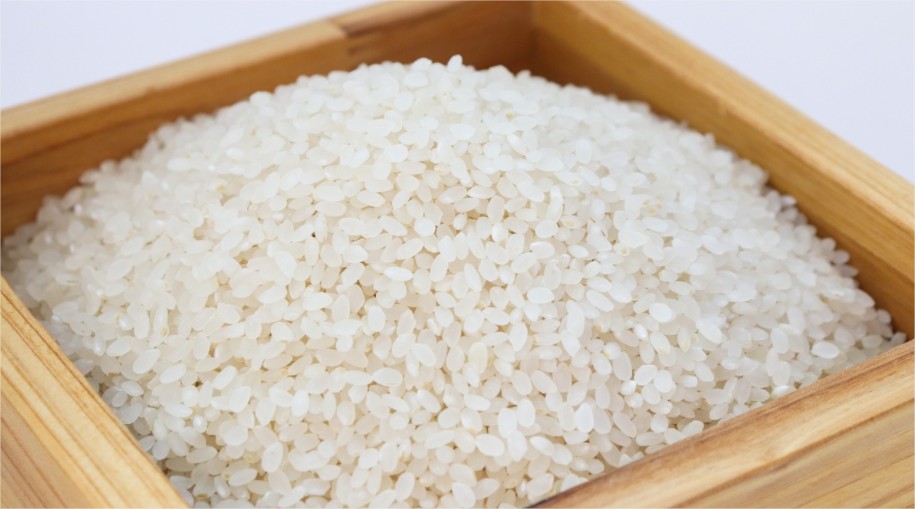Along with wheat and maize, rice is one of the three main foods cultivated and consumed worldwide. Rice is a well-known versatile grain, not only for its use in kitchens but for its ability to grow in a wide variety of climates. It can be successfully grown from desert conditions, wetland deltas to flooded plains.
Rice is the staple food of more than 3.5 billion people worldwide. Only Asian people consume 90% of rice production. Rice is considered an important crop, because of its multiple health benefits. Last year, the world’s rice consumption reached 504.3 million metric tons.
This grain also represents 20% of the principal source of people’s daily calories. They use it in almost every meal, and for desserts like cakes, crackers, and snacks. Rice has become a typical side dish or a full meal in many countries, and even part of their traditional dishes.
Rice path in the world
The origin of rice has been the center of several debates; the most reliable evidence has shown that rice was first domesticated in Southern China, and later it spread to the Philippines and other Asian countries.
Rice crops arrived in America by European settlers; Portuguese introduced it to Brazil and Spanish conquerors into Central and South America. Rice was brought to North America by slaves around the year 1685.
Due to its perfect adaptability to different types of climates, its cultivation spread very fast to every country. People used its blank flavor for pairing with native ingredients and creating delicious dishes.
Oryza sativa or simply Rice
There are two main types of rice: Oryza glaberrima and Oryza sativa. Oryza glaberrima is known as African rice because it was first cultivated 3,000 years ago in some regions of West Africa. This variety of rice is pest resistant, hardy with a nutty flavor. Nowadays, it only represents 20% of West African crops, since it has been replaced by the variety Oryza sativa.
Oryza sativa is commonly referred to as Asian rice or simply Rice, the one that all people use at home. This species is widely cultivated around the world, and its origin dates back to 8,200 – 13,500 years ago in Southeast Asia.
Surprisingly, there are more than 40,000 different types of Oryza sativa. Fortunately, they are classified into four categories:
- Indica: Long grain rice, non-sticky, slender, and flat.
- Japonica: Short grain rice, sticky, round, and moist.
- Aromatic: Long grain rice, fluffy, light with nutty and aromatic flavors.
- Glutinous: Long grain rice, sticky, and sweet.
Besides this official classification, rice has a more common grouping based on rice length, and it is as follows:
- Short grain rice: It has a sticky texture with a round shape. This category includes sushi rice, bomba rice and arborio rice.
- Medium grain: It is moist and tender. For example, calrose and arborio.
- Long grain rice: It has a drier and fluffy texture, and it is very aromatic, for example, jasmine and basmati rice.
Depending on the dish you want to cook, you have to choose the right type of rice for a successful preparation. If you want to cook paella, use bomba rice; for a traditional risotto, cook with arborio rice; and for pilaf use basmati rice.
Rice in the kitchens
Rice history has shown it can be cooked in an enormous variety of ways in almost incredible combinations. Rice preparation varies from savory meals, sugary desserts, to cold beverages.
This is possible thanks to its mild flavor being the perfect pairing for almost any ingredient you may have in your pantry. In addition, rice is so easy to cook that you can use any of those modern electronic devices to prepare delightful dishes effortlessly.
The most usual way for preparing is to cook rice on stove, but you can prepare it in the oven and microwave; and even if you need to cook it faster, there are rice cookers or instant pots.
Whatever ingredient or technique you use, you can be sure, you will always end up with a delicious dish. Even if you are an amateur cook, any rice recipe will make you look like an expert. The only aspects you have to pay attention to are getting the right ingredients and following the preparation instructions.




